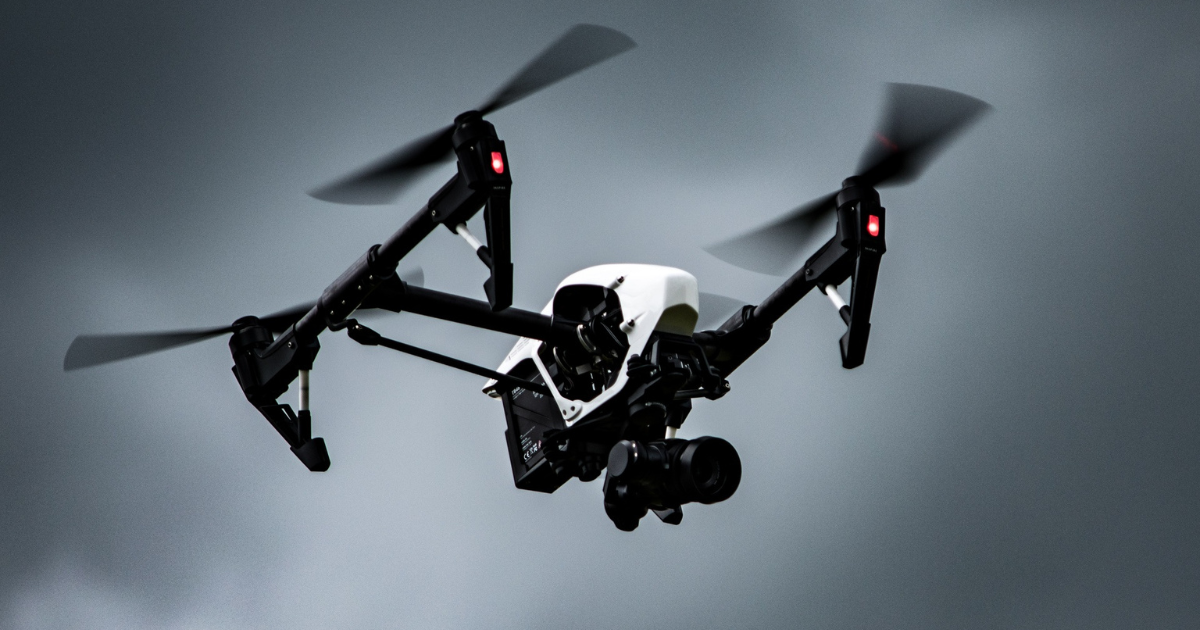In an era where technology plays a pivotal role in safeguarding institutions, the White House stands as one of the most iconic symbols of American democracy and power. Ensuring the security of the President, his family, and the entire complex is of paramount importance. Among the latest innovations in security technology are drones, which have found a crucial role in enhancing White House security. In this blog post, we will explore how drones are being used to protect the White House and the advantages and challenges they bring to this critical mission.
The Evolution of White House Security
Throughout its history, the White House has witnessed changes in security measures to adapt to evolving threats. From the early days of uniformed police officers patrolling its grounds to the establishment of the United States Secret Service in 1865, the security apparatus has continually grown more sophisticated.
In recent years, technology has taken center stage in enhancing security, and drones are at the forefront of this evolution.
Drones and Their Role in White House Security
Drones, also known as Unmanned Aerial Vehicles (UAVs), have gained prominence for their versatility and effectiveness in various applications, including security. In the context of the White House, they serve several crucial functions:
- Aerial Surveillance : Drones provide a valuable aerial perspective, enhancing the White House's situational awareness. They can monitor the surrounding airspace, detect potential threats, and gather real-time information for security personnel.
- Rapid Response : Drones can be deployed quickly to assess and respond to security incidents. They can reach areas that may be challenging for ground-based security personnel and provide a swift response to emerging threats.
- Event Security : During major events, such as presidential inaugurations or international summits, drones can be used to ensure the security of the area by providing an extra layer of surveillance and response capabilities.
- Public Safety : Drones also play a role in public safety, as they can monitor crowds, traffic, and potential disturbances during public gatherings near the White House.
Advantages of Drones in White House Security
The use of drones in White House security offers numerous advantages:
- Real-Time Monitoring : Drones provide immediate visual information to security personnel, enhancing their ability to assess situations rapidly and make informed decisions.
- Cost-Efficiency : Drones can cover a large area with minimal operational costs compared to other surveillance methods.
- Versatility : Drones can operate in a variety of conditions and environments, making them adaptable to different security scenarios.
- Improved Safety : By deploying drones to assess potential threats, security personnel can avoid unnecessary exposure to danger, improving overall safety.
Challenges and Concerns
While drones offer significant benefits, they also present challenges and concerns in the context of White House security:
- Privacy Concerns : The use of drones for surveillance raises privacy concerns, as they have the potential to capture images and data of individuals who are not involved in security threats.
- Regulations : Operating drones in the vicinity of the White House is subject to strict regulations to prevent unauthorized drone flights near sensitive areas. These regulations are in place to avoid collisions with aircraft and maintain security.
- Counter-Drone Measures : The growing use of drones in security has prompted the development of counter-drone technologies to detect and mitigate potential threats. The White House must stay vigilant against hostile or unauthorized drone activity.
- Environmental Considerations : Drones may pose environmental concerns, such as noise pollution, especially in the immediate vicinity of the White House.
Security Through Innovation
Incorporating drones into White House security is an example of how innovation and technology are vital components in maintaining the safety of the highest office in the United States. The ever-changing landscape of security threats requires adaptive and proactive measures.
While drones play an increasingly significant role, it is crucial to strike a balance between security and individual privacy. Regulations and safeguards must be in place to ensure that drones are used responsibly and that their capabilities are not exploited for intrusive purposes.
The Future of White House Security
As technology continues to advance, White House security will evolve accordingly. Drones are just one piece of the puzzle. The integration of artificial intelligence, biometric recognition, and advanced surveillance technologies will further enhance the security of the White House.
Additionally, partnerships with law enforcement agencies and private sector technology companies will be essential in developing and implementing cutting-edge security solutions.
Conclusion
Drones are revolutionizing White House security by providing real-time monitoring, rapid response capabilities, and cost-efficient solutions to enhance situational awareness. As a critical tool in the security apparatus, drones play an essential role in safeguarding the President and the complex against evolving threats.
However, the use of drones in White House security also raises important questions regarding privacy, regulations, and potential misuse. Striking a balance between security and individual rights is essential to ensure that technology remains a force for protection without compromising the principles of democracy that the White House represents. As technology continues to advance, so will the tools and strategies employed to protect the heart of American democracy.
